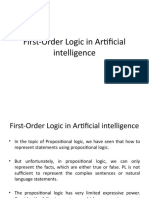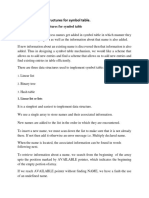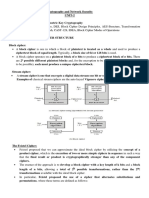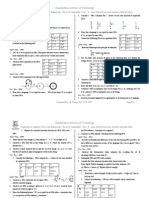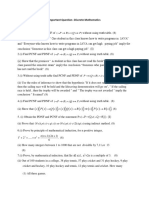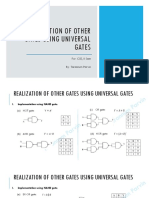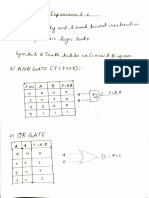0% found this document useful (1 vote)
2K views18 pagesArtificial Intelligence (AI) Part - 2, Lecture - 12: Unification in First-Order Logic
Unification is a process that makes two logical expressions identical by applying substitutions. It takes two literals as input and outputs a substitution that makes the literals equal. The document provides examples of applying unification to first-order logic expressions and describes the unification algorithm. The algorithm returns a substitution that unifies the expressions if possible or returns FAIL if they cannot be unified.
Uploaded by
Mazharul RahiCopyright
© © All Rights Reserved
We take content rights seriously. If you suspect this is your content, claim it here.
Available Formats
Download as PDF, TXT or read online on Scribd
0% found this document useful (1 vote)
2K views18 pagesArtificial Intelligence (AI) Part - 2, Lecture - 12: Unification in First-Order Logic
Unification is a process that makes two logical expressions identical by applying substitutions. It takes two literals as input and outputs a substitution that makes the literals equal. The document provides examples of applying unification to first-order logic expressions and describes the unification algorithm. The algorithm returns a substitution that unifies the expressions if possible or returns FAIL if they cannot be unified.
Uploaded by
Mazharul RahiCopyright
© © All Rights Reserved
We take content rights seriously. If you suspect this is your content, claim it here.
Available Formats
Download as PDF, TXT or read online on Scribd
/ 18







